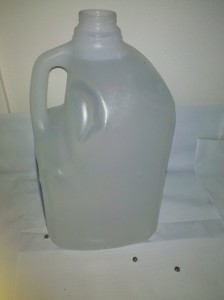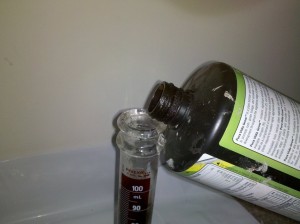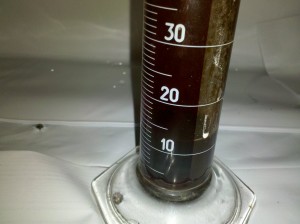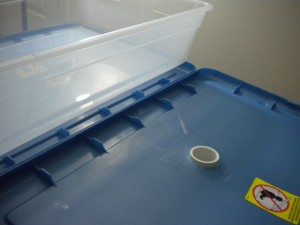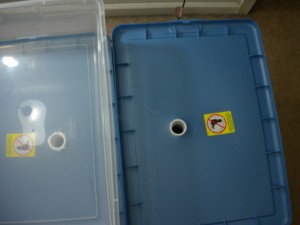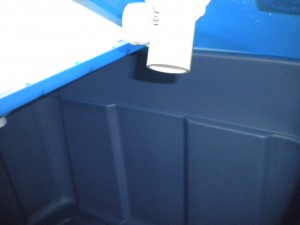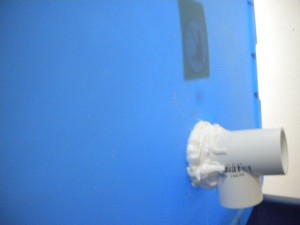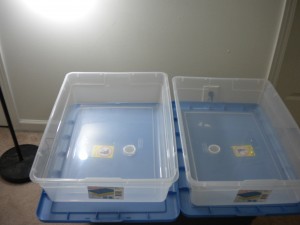
Reservoir changes are an essential part to all hydroponic systems. The reservoir is where your oxygenated water and nutrient solution rests in between feedings. You can read up on res changes if you are unfamiliar with them. Depending on the size of your reservoir, hydroponic growing system, and nutrient solution your reservoir should be changed every 7-14 days. Recirculating hydroponic systems need to be monitored closely for signs indicating its time for a res change. If you procrastinate too long, your plants may become victim to the dreaded salt lock up. Look for these 5 signs to ensure you don’t wait too long!
1. Discolored Reservoir Water – Hydroponic systems usually have nutrients and potentially an insecticide like Azamax mixed into the reservoir. After recirculation the solution picks up extra things you do not want to continually recirculate through your system. If your nutrient solution is not the color it was after you mixed it, it may be time for a res change.
2.Dead bugs – Dead bugs can have germs and carry diseases you do not want transfered to your plants. If you see floating dead bugs in your reservoir water, change it!
3. Wrong PH/High PPM – If the PH of your water is too high, you could damage your plant’s root system. You can get products that will adjust your PH, but use them in moderation. There could be a greater problem you are missing out on if you continually lower your PH with solutions. A high PPM can lead to nutrient burns and salt lockouts. You can add plain water to offset a high PPM, but a reservoir change is in place if you made your nutrient solution too strong.
4. Plants are deficient in one nutrient, but over fertilized by another – Using multi part nutrient solutions can give a grower a lot of precision. If you notice your plants are showing signs of deficiency for potassium, but look over fertilized, they could just need a different ratio of nutrients. A reservoir change will allow you to start your nutrient mix from a fresh pallet.
5. Two Week Rule – If you have been using the same res water for more than two weeks, its probably time for a change. Letting your res water evaporate and get low can also spike your PPM. Don’t let a huge reservoir fool you! You still need to monitor your PH and PPM because the nutrients do not evaporate out of the water.
